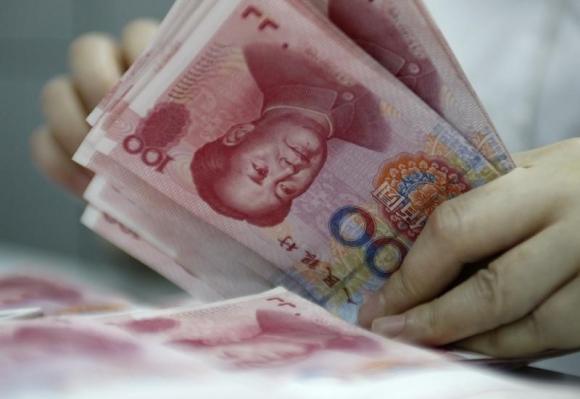 |
|
An employee counts yuan banknotes at a bank in Huaibei, Anhui province June 22, 2010.[Photo/Agencies] |
It has been more than 20 years since China started interest rate liberalization reform. Interest rate liberalization, one of the most important contents of the nation's economic restructuring reforms, started in 1996 when the central bank freed the Shanghai Interbank Offered Rate.
It achieved major progress from 2003 to 2004 but then slowed afterwards as the monetary policy had to focus on curbing the excessive liquidity from the fast-booming foreign exchange reserves. Since 2012, interest rate liberalization has accelerated again, and now the central bank's control has been almost removed.
The key to raising the efficiency of resource allocation is to let the market decide the price of production factors, including the price of financing or capital. The price mechanism will allocate social funds to the most effective sectors of the national economy, which will benefit the country's overall economic development and help improve people's living standards.
Interest rate liberalization is an important way to diversify financial products. As the economy develops, demand for financial resources has become highly diversified. Differentiating the prices of financial products through the reform is necessary to satisfy the various demands.
Interest rate liberalization will provide the basic conditions for the monetary policy transformation from a "quantitative model" to a "price model". It means that interest rates will reflect the real market situation and be an effective tool to affect monetary policy, as well as the economy.
As long as the administrative control on interest rates is removed, commercial banks will satisfy their clients' demands and deal with the competition pressure in a more independent and market-oriented way.
In the initial stage of the reform, the commercial banks might lack awareness of how to set the rates, and they may rely on the central bank. However, as the reform has been a long progress, commercial banks are prepared for that.
But an incomplete market-oriented reform may lead to a "double-track" pricing system or price distortion. For example, when the government first approved commercial banks to provide financial products with diversified interest rates, the products usually had higher rates than the traditional deposits.
So the market may worry all deposit rates will increase toward higher levels after they are liberalized. Such a worry is unnecessary, as the deposit rates will finally be decided by the market's demand-supply situation.
In addition, the obvious reductions in commercial banks' information costs require more flexible interest rates. Deposits and a part of lending products depend highly on data processing costs. The fast development of information technology has changed the costs of the financing business. Thus, commercial banks' pricing on deposits and lending should be in line with the changing costs.
Some clients have higher expectations of deposit rates especially when third-party payment and Internet companies pose challenges through financial innovations with lower costs. In the future, the competitive structure in the financial sector will be influenced by the financial institutions' technological levels and their different cost levels.
However, interest rate liberalization does not mean the government will give up the management of interest rates. The interest rates are the results of market-oriented resource allocation and, at the same time, are an important part of macroeconomic management.
It is necessary to manage the rates according to the nation's development strategies at different stages, and also according to the different cycles of inflation.
The central bank is required to improve the whole management system for interest rates and launch an advanced interest rate transmission mechanism for the financial market.
Meanwhile, supervision and self-regulation are needed to prevent "abnormal" interest rates. For instance, when the global financial crisis erupted, the US Federal Reserve lowered the policy rates close to zero, and started the first round of quantitative easing. At that time, some banks that were on the verge of bankruptcy, such as the Washington Mutual Bank, still raised the deposits rates to as high as 10 percent, in order to attract more deposits to sustain the business. Those kinds of moves are damaging and can threaten financial stability.
Therefore, the interest rate liberalization stresses a market-oriented way of reform. It is also a tool of macroeconomic management.
The author is vice-governor of the People's Bank of China.

I’ve lived in China for quite a considerable time including my graduate school years, travelled and worked in a few cities and still choose my destination taking into consideration the density of smog or PM2.5 particulate matter in the region.